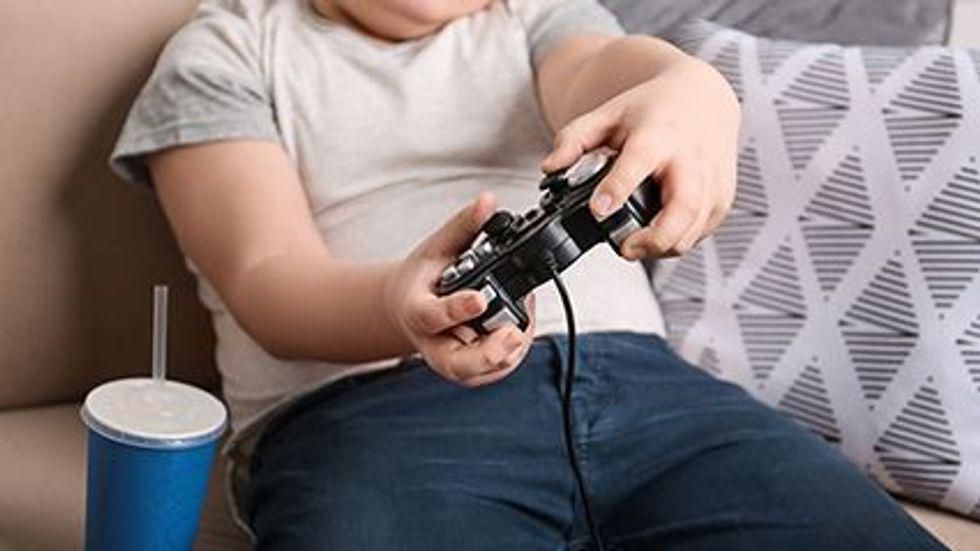
Want to see a temperamental tween or teen act happier? The formula is simple, a large international study suggests. “Screen time should be replaced by ‘green time’ for optimizing the well-being of our kids,” said study author Asad Khan, an associate professor in biostatistics and epidemiology at the University of Queensland in Brisbane, Australia. That… read on > read on >










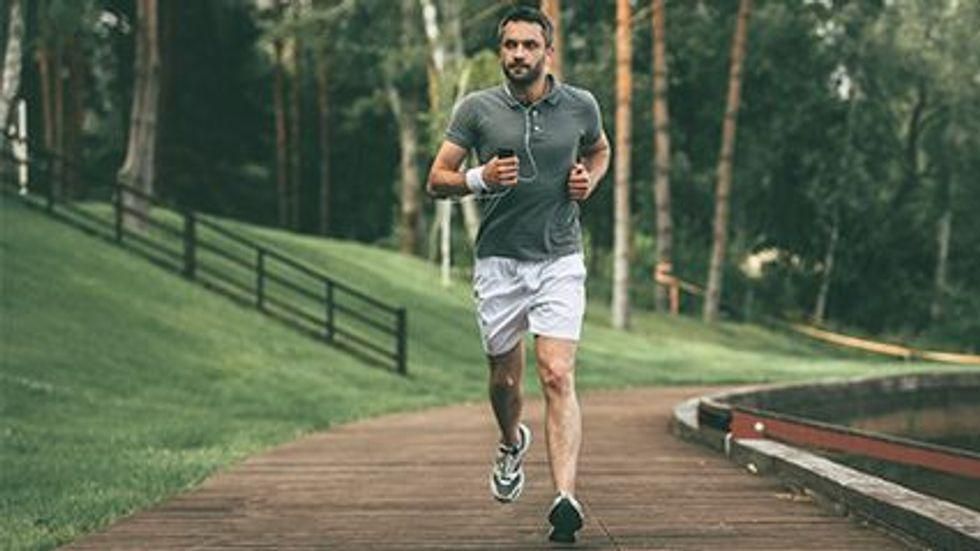
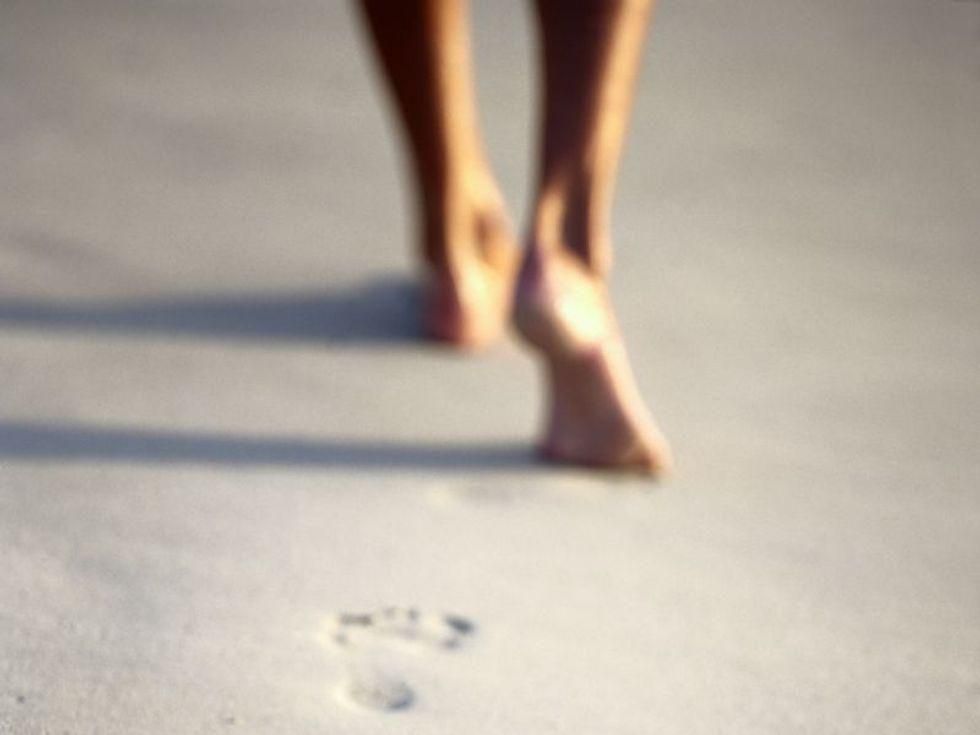
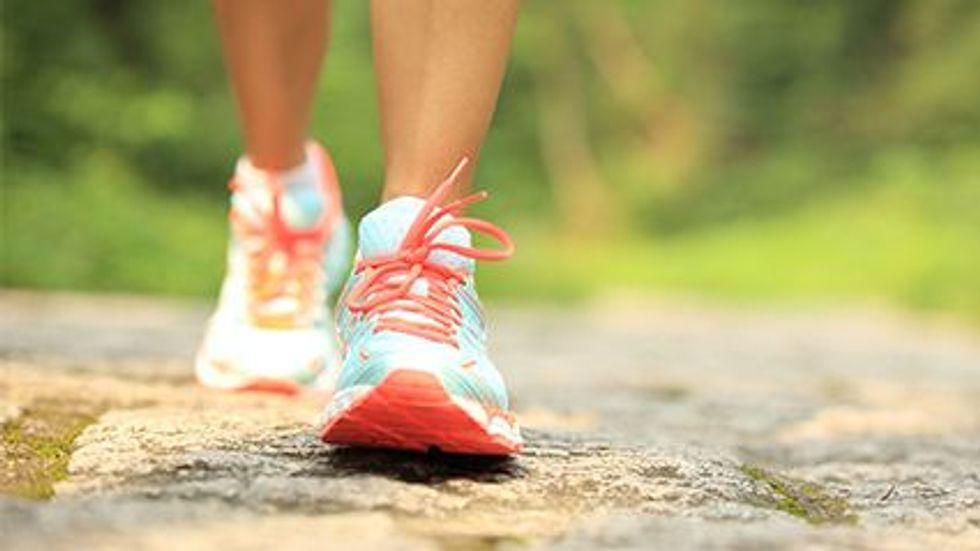
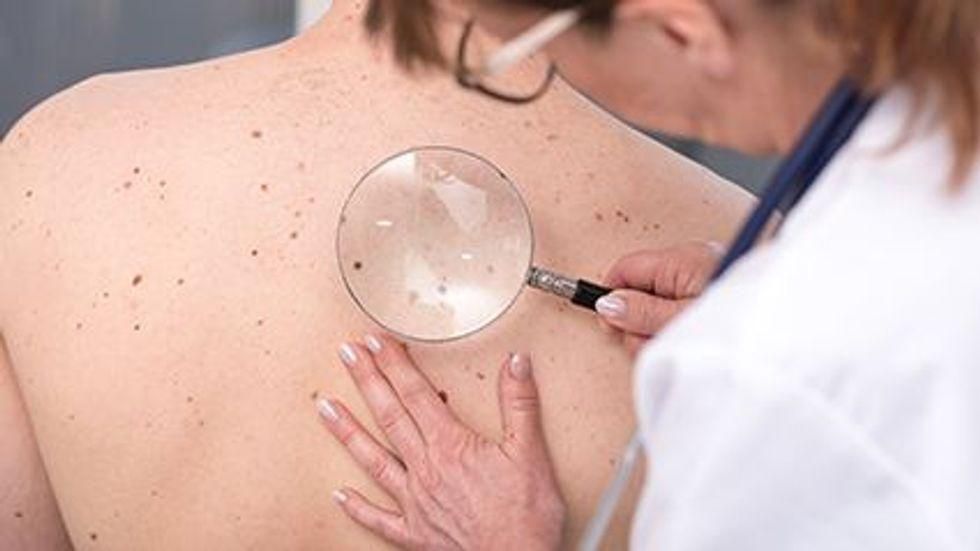

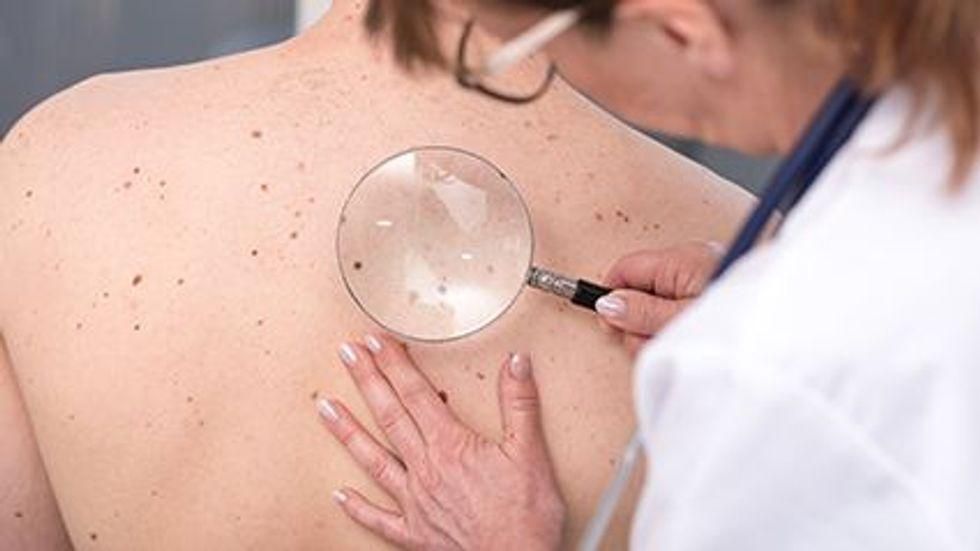
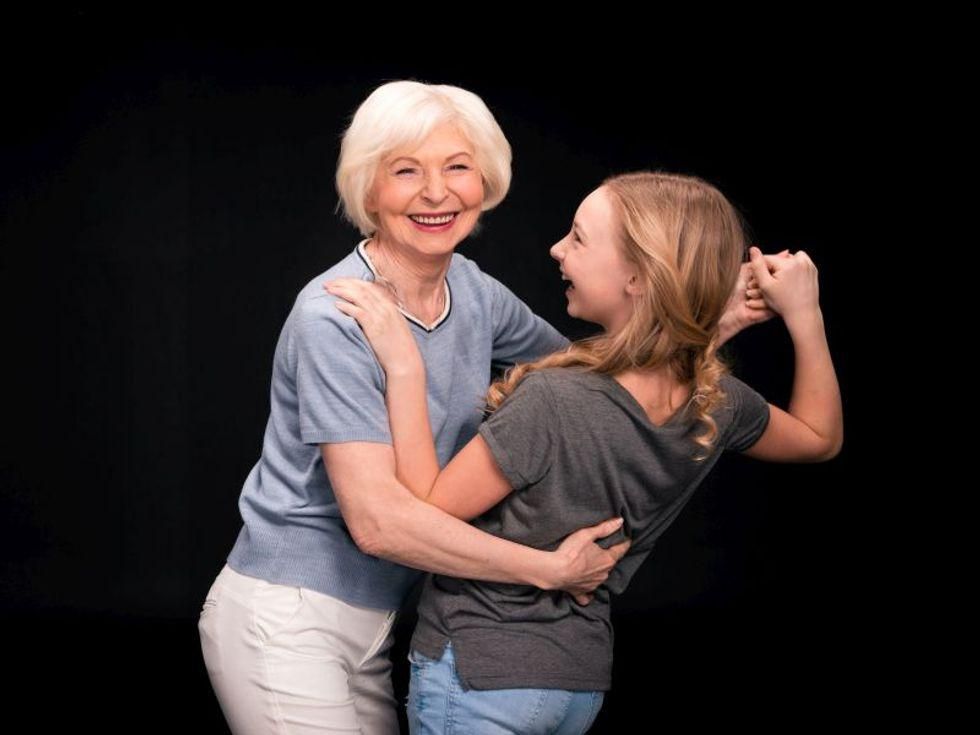
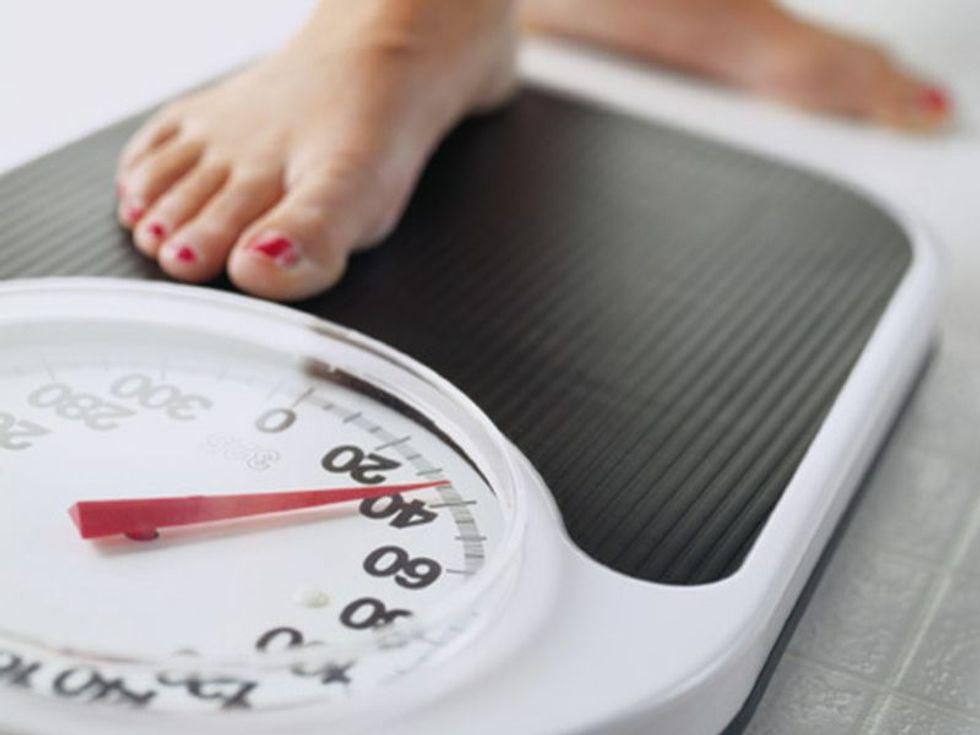





-300x200.jpeg)






